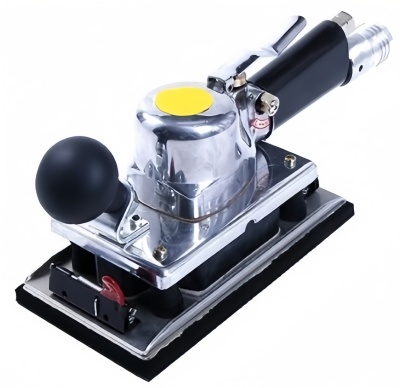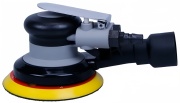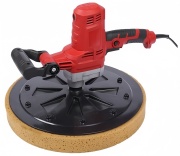Sander Price List
Sander is a commonly used equipment for sharpening various cutting tools and tools, as well as for grinding, deburring, and cleaning ordinary small parts. It mainly consists of a base, grinding wheel, electric motor or other power source, bracket, protective cover, and water heater. It can be divided into handheld grinding machines, vertical grinding machines, suspended grinding machines, desktop grinding machines, etc.
The principle of a sander mainly relies on the friction force of the grinding wheel and abrasive particles to grind and remove burrs on the surface of the workpiece. Sander machines are widely used in various industries, such as woodworking, metal processing, home decoration, and so on. The types of sander includes belt sanding machines, square sandpaper machines, and pneumatic sanding machines. The ATO online store provides a price list for the following three types of sanders, and lists some precautions during the use of sanding ma machines to help you better use them.

Sander Price List
|
Product Picture |
Product Name |
SKU |
Price |
|
|
Air Random Orbital Sander, Vacuum, Hand-Held |
$193.85 |
|
|
|
Wet/Drywall/Floor Sander with Sanding Disc/Pad
|
$251.54 |
|
|
|
Air Sander Tool Cart with Dust Collector/Servo
|
$3,299.89 |
Matters Needing Attention
- The thickness of the grinding wheel should be selected based on the material and processing progress requirements of the device to be processed. Soft metal materials, such as copper and aluminum, should use thicker grinding wheels, and for devices with higher precision requirements, finer grinding wheels should be used.
- Select the appropriate grinding wheel surface according to the shape to be processed.
- The grinding wheel used must not have cracks, defects, or disabilities, and must be installed stably. This should also be noted at all times during use. Once cracks, defects, or disabilities are found on the grinding wheel, it should be immediately stopped from use and replaced with new products; During activities, the machine should be immediately shut down and tightened.
- When grinding, operators should wear protective goggles to prevent splashing metal shavings and sand particles from causing harm to the human body.
- The pressure applied to the sander device should be appropriate. Excessive pressure will cause overheating and annealing of the machining surface. In severe cases, it will not be usable and will also cause a rapid decrease in the lifespan of the grinding wheel.
- For devices with a width smaller than the sander surface of the grinding wheel, do not always grind in one part of the grinding wheel during the grinding process. Instead, move left and right on the grinding surface of the grinding wheel at a certain period to maintain a relatively flat surface for future processing.
- To prevent the machining surface of the ground device from overheating and annealing, the ground part can be placed in water for cooling at any time.
- Regularly measure the insulation resistance of the motor, ensuring that it is not less than 5MΩ. A circuit breaker with leakage protection device should be used to connect to the power supply.
In summary, sanders are widely used in the fields of mechanical processing and manufacturing. Different types of sander machines have different characteristics and applicability. When selecting and using them, attention should be paid to practical needs and safety issues. I hope this article is helpful for you to understand sanding machines.




